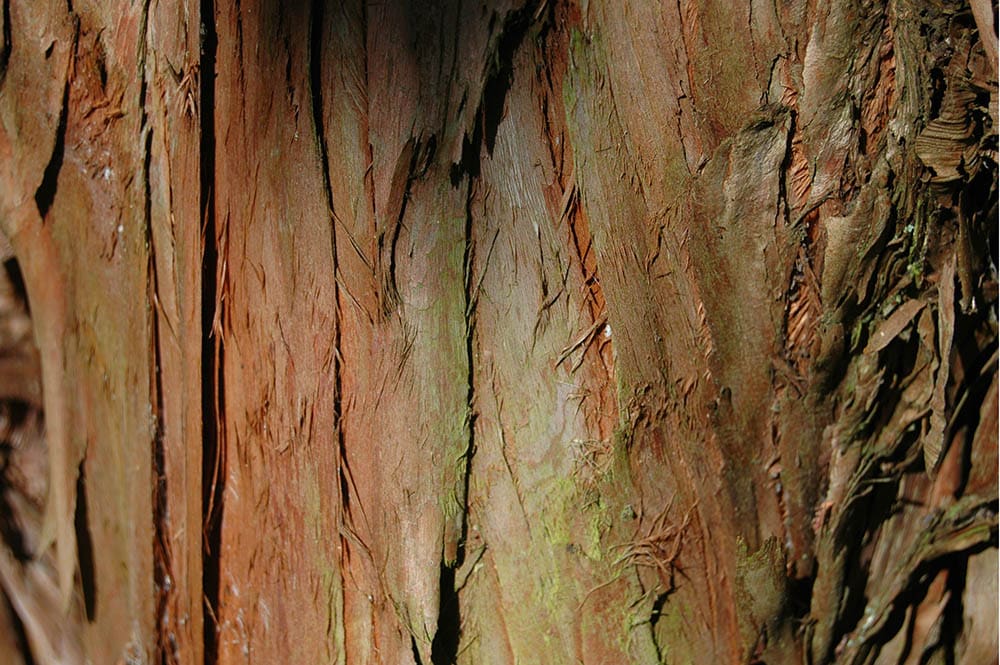How to Tell if a Tree Is Dead (5 Signs to Look For)
-
Codee Chessher
- Last updated:

Trees are one of nature’s greatest marvels, but not everyone knows how to tell the difference between a live and a dead tree. It’s very easy to confuse a dead tree with a merely dormant tree, but there are ways you can tell with a high degree of certainty. If you have a tree in your yard that you suspect is dead, we have the info you’re looking for down below.
The 5 Ways to Tell if a Tree is Dead
1. Inspect the Bark

The quickest way to check if a tree is dead is to perform a scratch test – simply take a fingernail and scratch at the bark of a tree’s limb. Live trees have a wet and thin green layer underneath the outer layer of bark and a white layer of inner bark underneath. Dead trees, on the other hand, have brittle and dry brown bark that flakes away easily.
It’s important to note that you should check multiple branches of the tree with this method, because there may just be some dead branches on a perfectly live tree. Lastly, take a shovel and give the tree a good whack with the flat side. If the tree sounds hollow or empty, it’s game over – your tree is dead.
Lastly, inspect the bark for signs of damage. Disease, humans, weather, and wildlife can damage a tree’s bark and open it up to disease from foreign bodies. Dead tree bark will typically flake, peel, and come off easily.
2. Check the Area for Fungi
Mushrooms and other rot-loving fungi flock to dying and dead trees to feast on them, helping to spin along the circle of life. If you suspect your tree is dead, look for obvious signs of fungi like mushrooms to confirm. Lots of mushrooms and other fungi are a dead giveaway of a dead tree.
Mushrooms may not always signal death and decay, and one or two is usually harmless. But if you see a lot of them on the roots of a tree, you’re probably looking at root rot. A proliferation of fungi on the trunk probably means internal disease and decay.
3. Search for Twigs & Dead Branches

This isn’t a foolproof way of diagnosing a tree’s condition, but it helps. Look around the base of the tree for dry, dead branches or twigs. However, this isn’t helpful if the tree is out of season – trees will go dormant and shed a lot of their branches. Particularly not during the winter when it seems like every other tree is surrounded by fields of twigs.
4. Look at the Tree’s Branches
It goes without saying that dead trees aren’t going to be growing new leaves any time soon, so check for that along with the other signs above. Dying and dead trees alike will typically have barren flower buds and won’t grow any foliage, fruit, or branches.
Additionally, dead tree branches aren’t supple like live or green tree branches. Take a branch and bend it back. Does it crack, snap, or break? If so, the branch is dead. Live branches will be more pliable and harder to crack or break.
5. Look for Signs of Disease

Diseases that can kill trees often have visual symptoms you can spot with a keen eye and a little research. Every tree species is more vulnerable to certain diseases or conditions than others. As an example, apple trees are prone to a disease called apple scab, while peach trees are susceptible to peach leaf curl.
Look up the most common diseases for your tree’s species and see if any of its most common ailments look like a good fit for your tree’s condition. Widespread signs of disease along with other symptoms listed above are a pretty good confirmation that your tree is either dying or already dead.
Conclusion
Trees are an essential part of nature, producing fruit and expelling life-giving oxygen. When a tree dies, there are certain signs you can easily check for. Inspecting the bark and branches is the easiest way, but you’ll need multiple of these symptoms together before you can say for certain that your tree is truly dead.
Featured Image Credit: Jumpstory
Contents
